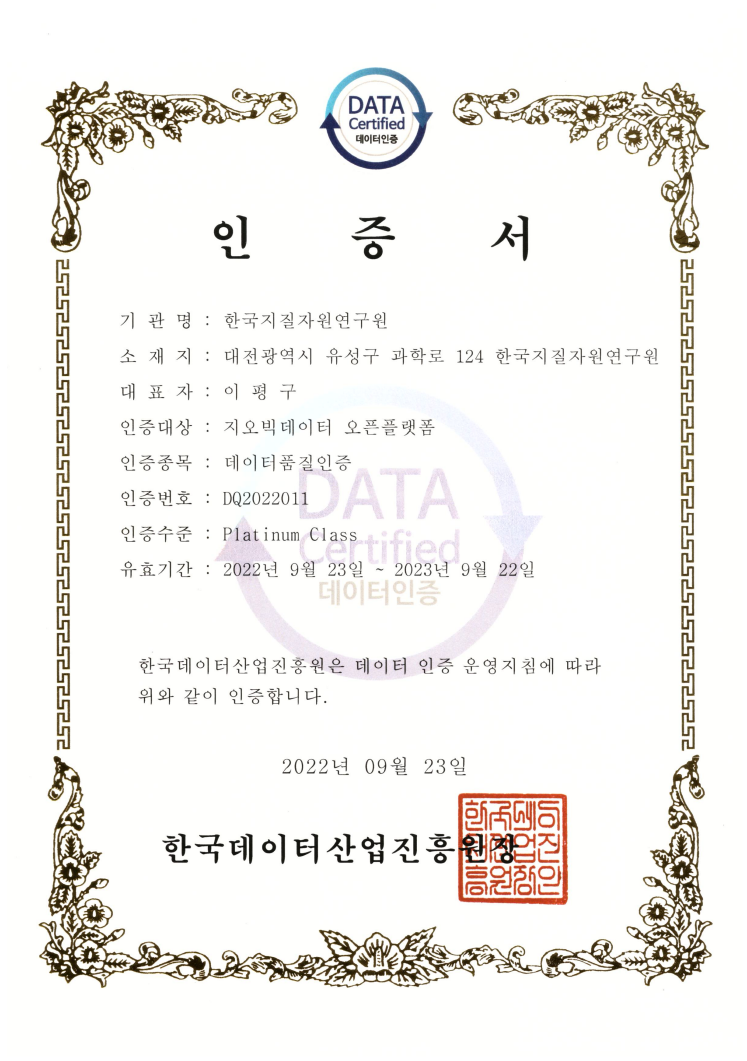비파괴표면분석법 연구 : 이온빔표면분석법 및 레이저유도플라즈마분광법
상세정보
| 자료유형 | KIGAM 보고서 |
|---|---|
| 서명 | 비파괴표면분석법 연구 : 이온빔표면분석법 및 레이저유도플라즈마분광법 |
| 저자 | 김영석 |
| 언어 | KOR |
| 청구기호 | KR-98-C-30-1998-R |
| 발행사항 | 韓國資源硏究所, 1998 |
| 초록 | Ion beam surface analysis: As a continuation of the last three years research on the ERD-TOF and HIRBS technique, channeling research is launched. The research will span three more years including the experimental setup and basic studies of this year. While the ERD and also other ion beam techniques generally are concerned with the elemental analysis of thin films, channeling is a unique technique for the analysis of crystal surface structures and defects in crystals in a sense that the locations of surface atoms or defects in crystals can be located in the order of less than 0.1Å and quantified. Since the probing size is in the order of sqare cm, analytical results are truely representative compared with TEM, AFM and order similar techniques where probing area in micrometer scale. Channeling can, therefore, be applied for the study of defects in crystals, surface phenomena, interfaces, epitaxial layers and diffusion studies mostly in the semiconductor research. In the case of minerals research, channeling seems to be applied very seldom so far. But it is sure that channeling can be used extensively for the study of natural crystals which reveals the conditions at which the crystal grew and for the study of artificial crystals such as coloring of jewels. In this first research year, concentrations are put on the installation of channeling system and the performance test. Followings have been done: 1) Current theories and applications of channeling has been thoroughly examined. The conventional alignment procedure has been refined. Present status of simulation programs has been reviewed. 2) A 3 degree-of-freedom precision goniometer has been installed and aligned. 3) Performance test has been done using Si and GaAs wafers. Polar plots, Minimum yields and critical angles are measured and compared with other well established systems. 4) Data acquisition system has been automized by the program development using the LabView software. The goniometer control program using Labview has been written. The automization of the data acquisition system has been done by connecting the MCA, goniometer control program and current integrator. Next step will be the actual application of the channeling mainly for the defect analysis of semiconductors and also of the artificial crystals. *Laser Induced Plasma Spectroscopy: The laser-induced breakdown spectroscopy is a convenient elemental analysis method with its high sensitivity, fast analytical performance and wide application to various samples. However, the industrial application of this analytical technique is not easy because of its signal instability and the low signal to noise ratio. Another restriction for the application is that the laser-induced breakdown spectroscopy measures relative, rather than absolute, concentration of trace elements. The observation of laser-induced plasma is a direct way to elucidate the reason of instability. A Nd:YAG laser operating at 1064 nm, 532 nm and 355 nm is focused onto copper and lead metal target. A charge-coupled device camera captures the image of laser-induced plasma. The threshold energy of air breakdown, which is major reason of signal fluctuation of the spectrum, is determined for the laser wavelengths. The shapes of ablated surface are examined under optical and electronic microscopy. The amounts of ablated metal are estimated on each laser pulse and wavelength. LIBS was applied to the qualitative determination of element in the unknown samples. Qualitative analysis was performed with comparison between pure element emission spectra and sample |
| 페이지 | 148 p. |
| 키워드 | 비파괴, 표면분석, 비파괴표면분석법, 분석, 분석법, 이온빔표면분석법, 레이저유도플라즈마분광법, 이온빔, 레이저, 플라즈마 |
| 원문 |
http://library.kigam.re.kr/report/1998/비파괴표면분석법연구이온빔표면분석법및레이저유도플라즈마분광법.pdf |
유형별 보고서
- 785view
- 1download
- 관리자
- 한국지질자원연구원
- 등록일
- 1998-04-01
Share
Cite as
김영석. (1998). 비파괴표면분석법 연구 : 이온빔표면분석법 및 레이저유도플라즈마분광법. 韓國資源硏究所.

댓글